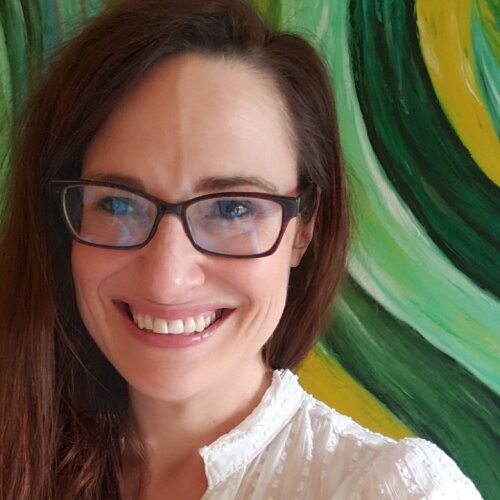Date: 4 Sept. 2023
Time: 4.00 - 5.00 pm
Location: University of Antwerp city campus, s.R.007 (Rodestraat 14, 2000 Antwerp)

In 1849, Giacomo Meyerbeer’s Le Prophète premiered at the Paris Opéra. Its elaborate staging featured decors from renowned scenic artists, hundreds of costumes, a ballet on roller skates, a brass band stage procession including newly patented saxhorns, and an arc lamp, the first electric light at the Opéra, used to create the illusion of a rising sun. The effect was impressive; a “piercing sun… flooding the theatre with a light so bright,” wrote author Théophile Gautier who enthusiastically praised the overall scenic production by stating: “Perhaps never before has the art of stage design been taken further.”1
Behind the scenes, the arc lamp involved the work of scientist Léon Foucault, renown instrument makers Jean-Adrien Deleuil and Jules Duboscq, and amusing physicists Philippe Henri Pierre Lormier, among others. It was part of a trend in stage effects that involved inventors, instrument makers and purveyors, conjurers, and machinists to operate and maintain a growing set of stage equipment. Indeed, Le Prophète and its stage effects are part of the story of a century that witnessed a tremendous expansion in the market for scientific entertainment, both on and behind the stage. Panoramas, animated projections using magic lanterns, magic shows featuring automata and chemical experiments, and theatrical productions filled with pyrotechnics and optical effects could be found across the city. Just a few years earlier, in 1845, clockmaker and precision instrument maker turned conjurer Jean-Eugène Robert-Houdin had opened his theatre at the Palais-Royal, a moment often seen as pivotal in the history of modern stage magic. Shifting from itinerant performances and street fairs to more permanent settings such as that of the Théâtre Robert-Houdin allowed for more equipment, trapdoors, and grander illusions. Like Robert-Houdin, conjurers often came from artisan backgrounds and operated as illusion makers, amusing physics performers, inventors, and purveyors of stage equipment. Many worked behind the scenes of theatres—like Robin who brought his ghosts and optical illusions to the Théâtre du Châtelet in 1866 or Robert-Houdin who constructed an automaton for the Théâtre de l’Ambigu in 1868—and were part of a broader group of instrument makers and operators who contributed to the development of stage effects.
Though inhabiting the more spectacular end of the spectrum of science, many conjurers and amusing physics performers and purveyors considered themselves to be an integral part of the broader culture of science and technology. Their work and that of other instrument makers on stage effects constitutes an important part of the history of nineteenth-century popular science.
_____
1 Gautier, “Feuilleton de la Presse—Théâtres.” La Presse (Paris), April 23, 1849.
About Sofie Lachapelle
Sofie Lachapelle received her PhD in history of science from the University of Notre Dame in 2002. Prior to joining Wilfrid Laurier University as the Dean of Arts, she worked at the Department of History at the University of Guelph (2005-2021) and as a postdoctoral fellow at the Max Planck Institute for the History of Science (2002-2004). Her monograph Conjuring Science: A History of Scientific Entertainment and Stage Magic in Modern France explores the relationship of science, magic and entertainment in nineteenth and early twentieth-century France, focusing on the world of conjurers and magic shows. Sofie is presently working on a SSHRC-funded project dealing with the relationship of opera, medicine, science, and technology in late-nineteenth-century France.